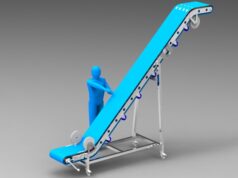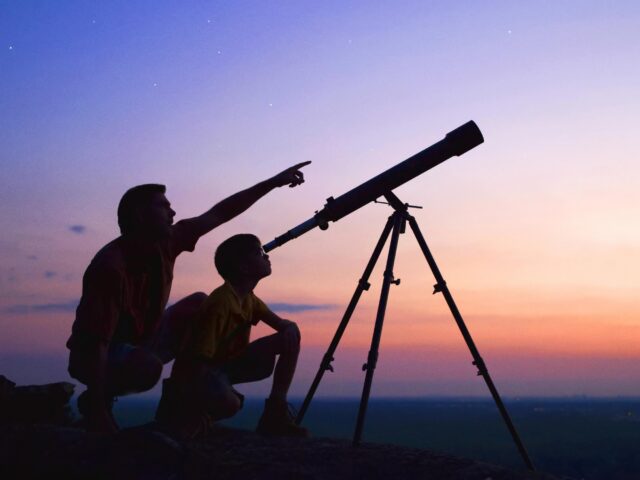
Like how the night sky is full of celestial bodies, the market also presents you with a vast number of choices for a telescope. This astronomy equipment is not cheap, so we’ve put together all the important factors every serious enthusiast must consider to buy the best telescope that fits their stargazing needs.
Aperture
The first major thing you should look at when buying a telescope is the aperture. Basically, the aperture is the diameter of the lens or mirror, whichever optical element your telescope has. It affects two aspects: how bright the objects will appear and how much detail you can see.
Generally, the fatter the telescope, the larger the aperture. And with a higher aperture, the more you’ll be able to see and the better the image quality. Then again, this still depends on your needs. If you’re just interested in looking at stars (such as these) during your leisure time, buying a telescope with a smaller aperture is fine.
Magnification Power
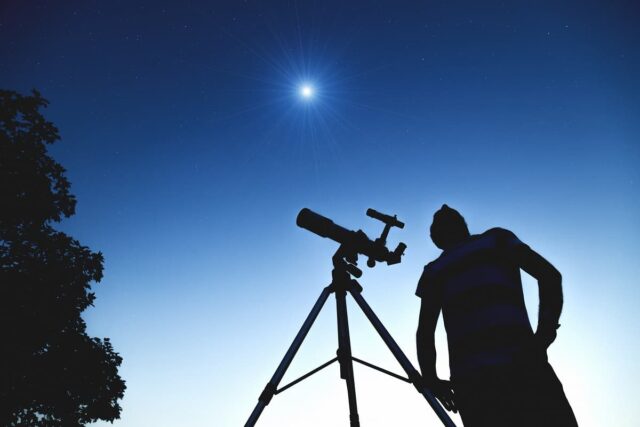
This is the thing that trips up many inexperienced stargazers. Magnification power can be the tempting selling point some companies advertise, but a larger image doesn’t necessarily mean good detail. The truth is, an observer can achieve any magnification depending on the eyepiece used.
But still, the aperture is a major player in relation to magnification. How? Higher magnification means you can see a larger area. But if the scope doesn’t have the appropriate aperture, you’ll only see a dimmed image with significantly less detail.
So for good measure, pick a magnification that’s about 50 times the aperture in inches or twice the aperture in millimeters. The general rule of thumb is 2x per millimeter, but experienced observers find 0.5x or 1x per millimeter is more than enough for most celestial objects.
Mounts
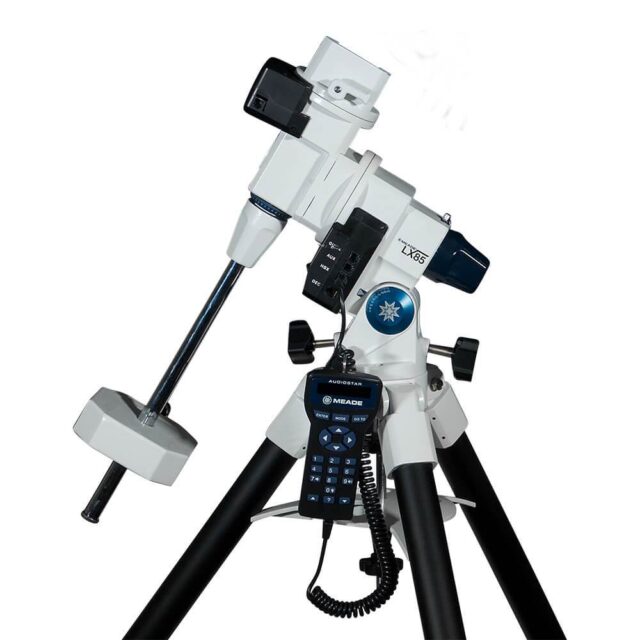
If you’re not new to the stargazing scene, you may already know the types of mounts. For those who are not familiar, we have the up-and-down altitude-azimuth or altaz mounts, the left-right azimuth mounts, and the equatorial mounts. Let’s take a look at their differences.
The altazimuth is the simplest mount. It has a smooth movement, making is best for light terrestrial viewing.
The altaz mounts are simple to use as well and are light. You may know altaz mounts as Dobsinian mounts, which are stable and capable of supporting large telescopes. Dobsinian mounts are chosen for advanced terrestrial viewing or for daytime observing.
Lastly, the equatorial mount is tilted to align with the Earth’s polar axis. It’s recommended for enthusiasts in astronomy and astrophotography because of their slow-motion control or the electric motor drive.
Types of Telescope
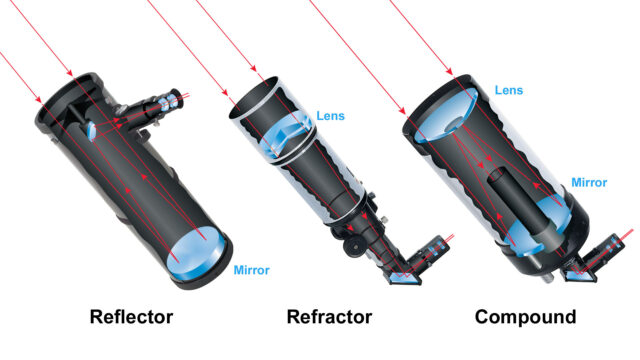
Of course, you should also consider what type of telescope is best for you – the refractor, reflector, or the compound telescope.
Refractors were the first type of telescope to be invented. It uses a lens. They’re long, skinny, and provide some of the best images depending on the aperture. Refractors are not so much affected by atmospheric “seeing”, which pertains to the blurring of celestial objects due to the turbulent air movements in our atmosphere. Generally, refractors are the most expensive type. And while it can take on a large aperture, it may be difficult to view large extended objects.
Reflectors use a mirror instead of a lens for gathering and focusing light. You may know the Newtonian reflector as its most common design. Compared to the refractor which has the eyepiece at the bottom end, the reflector provides a more comfortable viewing with the eyepiece placed at the top of the tube. Keep in mind that the mirrors need periodic alignment or collimation to deliver the best performance.
Finally, the compound or catadioptric type of telescope uses a combination of lenses and mirrors. Compound telescopes are usually chosen by observers who prioritize portability. That’s because it comes in a compact size due to the lens and mirrors folding the light path within the telescope. So even if the telescope has a large aperture, the size is not so big.
Is Bigger Really Better?
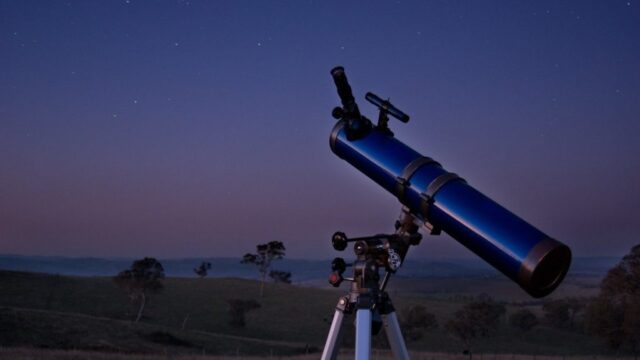
Well, bigger telescopes are generally better. But the real question is, is it better for you?
Huge telescopes are complicated and hard to transport, so it may not be everybody’s cup of tea. These scopes may provide great performance, but what’s the use if your priority is portability?
Heavy and bulky telescopes need space for storage and a truck for transport. Not to mention the muscle you’ll need for moving it around. You probably have to ask help from friends to place the telescope in the right spot.
If you are a serious stargazer but you’re just starting out, we do suggest picking out a scope with enough aperture to satisfy your requirements. But it should come at a compact size so you can easily carry it around.
Really, the best telescope is the one that you’ll always be able to use. So without the space and capacity to haul a huge telescope, go for a size that you can manage so you can fully engage in the joys of stargazing.
Price
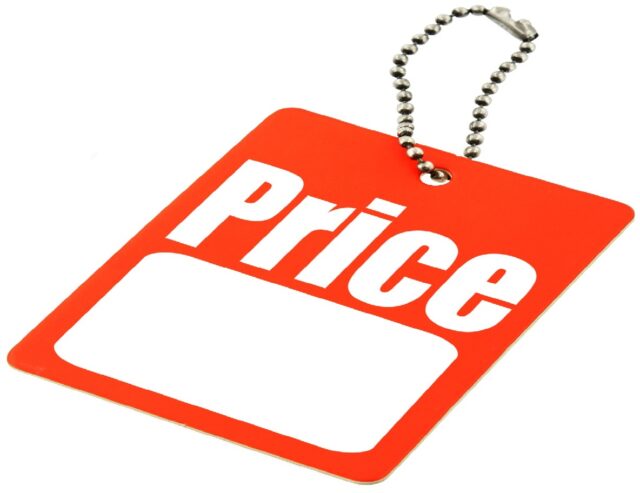
As with purchasing anything, price is always something that we consider. But even if you’re on a budget, refrain from buying super cheap telescopes to get “a taste” of astronomy, with a plan to buy a good-performing one later. You may end up with a scope that’s really poor in quality, which may lead to you giving up on stargazing.
There are many high-quality telescopes out there with a reasonable price. But if price is something that doesn’t bother you, buying the most expensive one at the store isn’t good practice either.
What you really need to do is conduct your research to find the telescope that ticks all the boxes for you.
Final Words
Stargazing is an enjoyable and awe-inspiring activity. While there are factors to consider in buying the best telescope, everything still comes down to matching your needs. Even if you buy the “best telescope” out there, if it doesn’t serve the purpose you want, the experience would be lackluster.
Sources:





